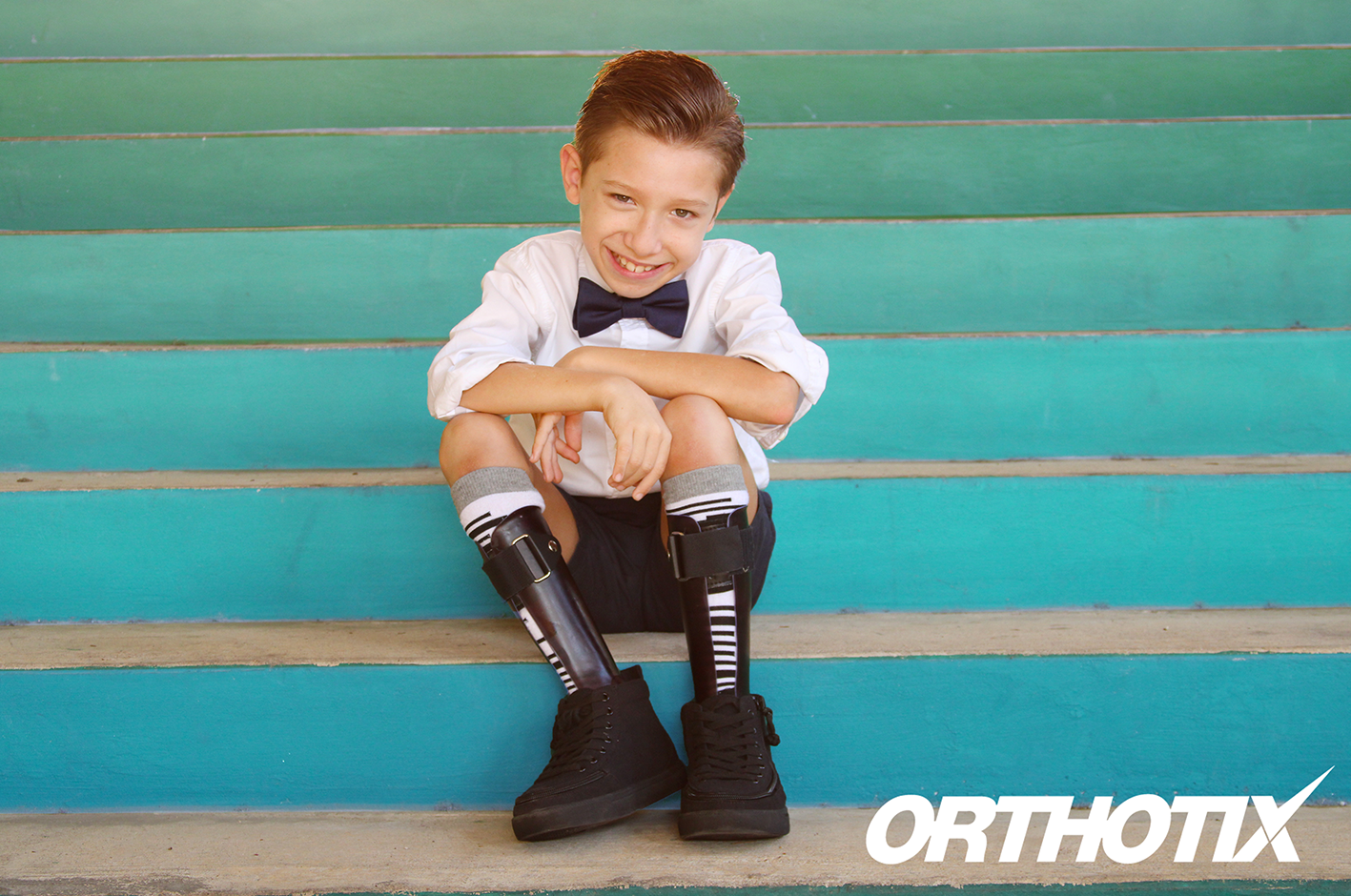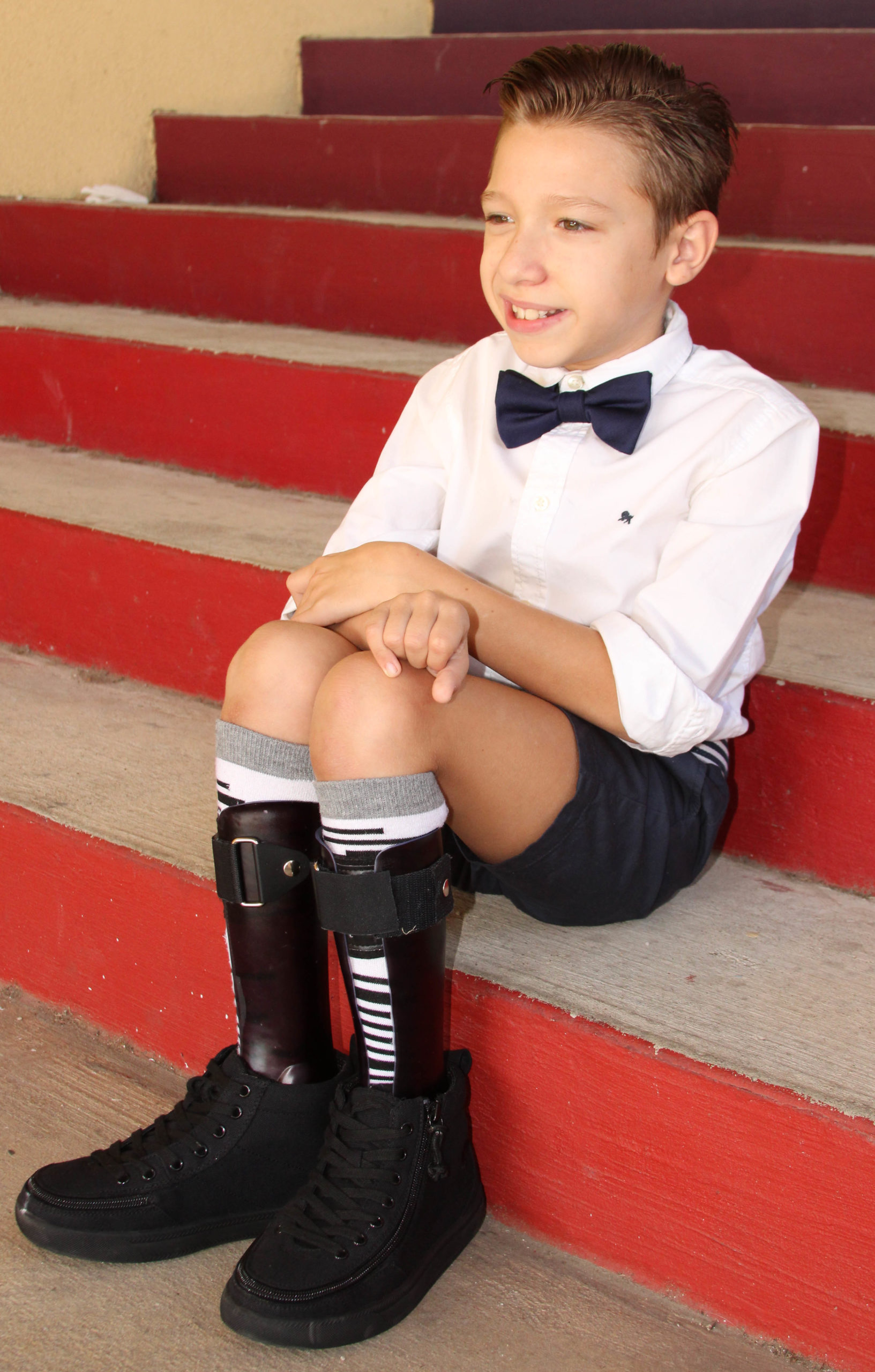There are ongoing historical problems when it comes to fitting ankle foot orthoses, bulkier bespoke insoles, and splints into footwear. It is an age-old issue that many healthcare professionals face on a daily basis and is something that is constantly addressed.
The issue not only starts there, as it’s not just as simple as finding a shoe big enough for accommodating an Orthosis, its the multiple difference shoe designs, and constructions. Parents and carers enter a world of complete confusion, and despite the ongoing knowledge from the clinicians, its so difficult to advise them accordingly when brands and seasonal styles change so often, resulting in what was last year’s ideal model now becoming completely obsolete only 6 months later.
Not only is all this a problem, but the younger demographic is left with limited choices. As NHS budgets lessen and the ability to provide over-splint footwear is further clamped down on, parents are left with ultimately two options. They can have their children fitted in NHS supplied Orthopedic boots which essentially replace the need for splints when applicable, as an alternative treatment or they must find shoes from the high street which go over the splints. These are usually 2-3 sizes bigger than required to accommodate the bulkier Orthosis device.
Orthoapaedic footwear has come on leaps and bounds. No longer are they as stigmatising as the preconceptions we all generally have. Long gone are the boots seen on Forrest Gump, as Orthopaedic footwear is now much trendier and high street in appearances.
Our feet are made up 26 bones covering a multiple of joints, and naturally can dorsiflex and move to allow a fluid transition into footwear. This, however, is much more difficult and restrictive when the foot and ankle is not only fixed in a set position, but also when the space in the shoe is limited by design. We also must consider that bracing/splinting which encumbers the whole surface of the foot essentially makes the foot much bigger than it non splinted counterpart or the internals of the shoe are taken up with bulky orthosis such as total contact insoles, and other orthopaedic bracing, meaning foot room is reduced.





